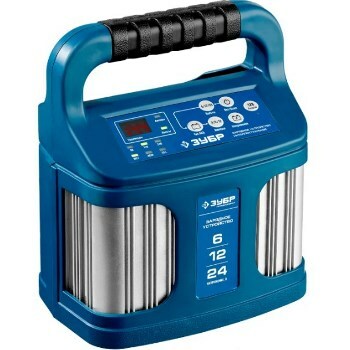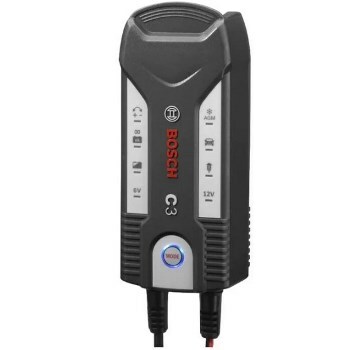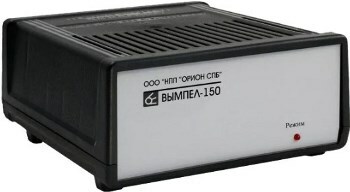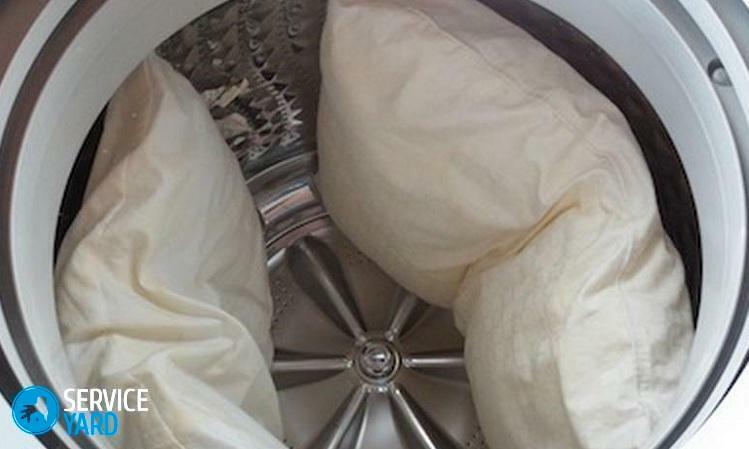A car charger is a device designed to charge a battery in a car. Some types of chargers also allow you to start the engine with a completely discharged battery, which is especially useful in winter. Read about how to choose a car charger and which chargers are worthy of the title of the best in this article.
CONTENT
- 1 What do you need to know when buying?
- 2 Rating of the best chargers
- 3 FAQ
What do you need to know when buying?
Types of memory
Chargers are divided into simple chargers and starting-chargers. The former are designed only for charging the battery, while the latter can supply a powerful current for a short time, which makes it possible to start the engine even if the battery has run out - conventional chargers cannot provide this. They are also used for charging, but their price is higher. There is another type that is rarely used - a starter. It allows the engine to start in all conditions, but not to charge it.
Storage types
There are two types of car battery chargers:
- Transformer units are considered obsolete. They work on transformers, have rather large dimensions and weight, which is why their production has almost ceased. Their advantages: low cost, reliability and ease of repair.
- Pulse ones take up much less space and weigh a little. In addition, they are more automated and do not require constant monitoring; they often have useful additional modes. Expensive impulse chargers are practically not inferior to transformer ones in terms of reliability, or even surpass them, but cheap ones often fail.
Charging types
The charger can have automatic or manual adjustment. Devices of the first type are useful for beginners, but manually configured devices, other things being equal, are noticeably cheaper, while they work more efficiently and have more capabilities. For example, if the battery is in a deep discharge, the automatic charger in most cases simply will not charge it, but using the manual process, you can try to start it.
If you buy an automatic charger, then it is better to prefer the products of a well-known brand - there are now a lot of cheap Chinese automatic machines on the market, but many problems can arise with them.
Battery voltage
It should be the same for the charger as for the car battery. Most often, 12 V devices are suitable for passenger cars, 24 V devices are required for trucks, and 6 V is sometimes sufficient for motorcycles. There are also models whose output voltage can be changed: they should be preferred if you own, for example, a motorcycle and a car, so as not to buy two chargers.
Maximum battery capacity
The choice of memory depends on it. Usually, the range with which the model can work is indicated - accordingly, it is best that the battery falls approximately in its middle.
Minimum and maximum current
The charger current must be sufficient to fully charge. To restore a battery in deep discharge, a current of 1 A is required, but some have a higher minimum current.
As for the maximum current, it is necessary to distinguish between it for starting and for charging. The first is given for a short time, up to 30 seconds, it depends on the power of the starter and for an ordinary passenger car is on average 220-260 A. In cold climates, this indicator becomes very important and special attention must be paid to it, since when the temperature drops, more current is required to start. So, if 200 A is needed to start at 5 ° C, then at −15 ° C it may take about 260 A - the difference is very significant.
The charging speed is determined by the amperage. The usual value is up to 10% of the battery capacity. If necessary, it can be exceeded (within reasonable limits, usually separately indicated manufacturer), but it is often undesirable to do this - emergency charging does not affect the battery life very good.
Desulfation
Due to deep discharges or heat, sulfuric acid sulfates settle on the battery plates. With strong sulfation, the capacity of the battery can decrease significantly, sometimes it becomes impossible to start the motor. You can also get rid of sulfates with the help of some chargers - a very useful feature.
Battery check
Some charger models allow you to establish the reason why it does not work without opening the battery, and to determine what exactly has failed is also a very necessary function.
Rating of the best chargers
We have selected several models that perform better than others - both automatic and manual.
Best automatic chargers
1. BISON 59305

Universal memorycapable of operating with batteries rated for 6, 12 and 24 V. Thus, it can be used by those who own both a car and a truck, as well as a motorcycle - to charge the battery of all this equipment. The maximum capacity of the rechargeable battery is 240 Ah. The charger automatically adjusts the current strength, 9 steps are provided, there is a voltmeter and ammeter, overcharge protection. The memory device does almost everything by itself, but it also costs a lot - about 7,000 rubles.
Price: ₽ 7 188
BISON 59305
2. Bosch C3

This is a memory very light and small, making it convenient to use. Reliable: the assembly is of high quality, the wires are quite long and strong. The output voltage can be switched between 6 and 12 V. Everything is fully automated, nothing can be set up - there are 4 modes, you can only use them. If the battery is deeply discharged, it will not work to revive it with the help of Bosch C3. Designed for batteries with a capacity not exceeding 120 Ah. If the device is connected incorrectly, it switches off automatically, so that the risk of a short circuit is excluded. The model costs 3,000 rubles.
Price: ₽ 3 200
Bosch C3
3. Pennant 150

Model cheaper than other considered automatic chargers - it costs 1,100 rubles. This is mainly due to the fact that it can only be recharged from it with a 12 V battery. Therefore, it is suitable for those who only own cars. The model is quite simple in comparison with the previous ones, but it copes with its functions very well, it allows you to put in order the batteries, which are difficult to "revive". The disadvantage is that it is not always reliable, there are defective specimens; however, this usually manifests itself immediately, which allows you to quickly change it.
Price: ₽ 1 132
Pennant 150
Best tame
4. Pennant 57

Memory, which allows you to manually adjust the voltage and current, which is very important for calcium batteries, as well as when charging problem batteries. Has a display for displaying information about the progress of charging. During fast charging, it gets quite hot due to weak wires - this also indicates a rather high risk of damage. The build quality is also not perfect, sometimes you come across defective devices; but the model has a wide functionality and allows you to effectively work with very many types of batteries. The cost is approximately 3,000 rubles.
Price: ₽ 2 986
Pennant 57
5. CALIBER UZ-20A

Memory, designed for a battery with a voltage of 12 or 24 V, and a capacity from 10 to 300 Ah. Allows you to manually customize the entire process. Quite large and massive (1.6 kg), but equipped with a convenient carrying handle. Robust and reliable. Of the minuses, it should be noted that the charge current is not ideal: when measured, it turns out to be less than the set one. In addition, the current decreases over time, which delays charging. After completion of the charge cycle, it switches off automatically. It is equipped with a fan and has many holes in the case, so it does not overheat, but makes a lot of noise. The cost is 3,000 rubles.
Price: ₽ 3 082
CALIBER UZ-20A
FAQ
Which car batteries cannot be charged from a charger?
All serviceable ones can be charged. That is, only batteries with a breakdown, for example, broken plates, are not subject to charging. Well, not every charger will be able to charge the battery in deep discharge.
Why does the battery boil and hiss after turning on the charging?
There may be several reasons: too strong current, sulphation of the battery, its wear (most likely, one of the cans is out of order) and others. If a problem arises, charging must be stopped and the reason must be found out: first measure the current, and if everything is in order with it, then diagnose the battery.



